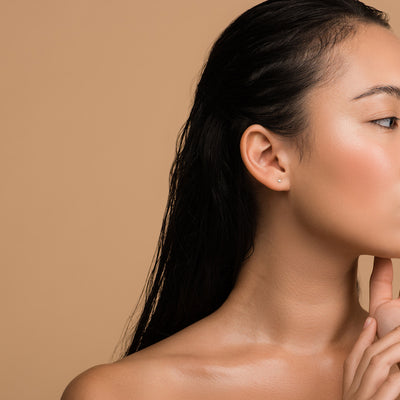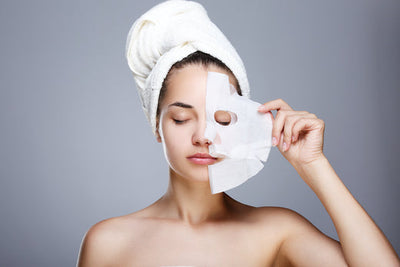By now, most of us know how important it is to protect our skin from the damaging UV rays of the sun--even when the sky is cloudy and the sun isn’t shining!
It’s smart to apply sun protection every day, all year round. In fact, it’s best to make the application of an SPF moisturizer, tinted moisturizer, or sunscreen a habit, every single morning, like brushing your teeth. And in the summer, it’s especially important, when you’re spending more time outdoors, and the sun is at its peak strength.
Now, more than ever, it’s clear that not just any sunscreen will do the job. There’s been a lot of news, lately, about sunscreens, and it has become even more important to choose wisely--and well. Here are the Top Five Things to Know about Sunscreen.
1. Look for broad-spectrum protection. This means that the product offers protection from both UVA and UVB rays. Sunscreen with broad-spectrum protection defends against not only sunburn, but premature skin aging caused by UVA rays. The only active ingredients that offer full protection are zinc oxide or titanium dioxide, also known as “mineral” or “physical” sunscreens, and they must be listed as “active ingredients” on the ingredient label, as seen in our La Defense Mineral Sunscreen SPF 30. Our sunscreen also includes antioxidant vitamins C and E, which offer photo-protection and can also limit chronic UV damage.
2. Certain sunscreen chemicals absorb directly into the bloodstream. The FDA just released a new study that found several active ingredients commonly found in sunscreens--avobenzone, oxybenzone, octocrylene and ecamsule--absorb into the bloodstream after just one day, and three of those four may stay there for up to seven! Mineral sunscreens, on the other hand, sit on top of the skin, offering protection, and the molecular size is too big to absorb into the skin.
3. Some sunscreens can harm the coral reefs. Each year, the equivalent of approximately 25 to 60 million bottles’ worth of sunscreen wash off into the coral reefs. Chemicals like octocrylene, octinoxate, oxybenzone—and butylparaben--cause the coral to get sick, lose their color and die. Look for sunscreens that are “reef-safe,” and do not contain harmful chemicals. Sunscreens with “active ingredients” zinc oxide or titanium dioxide are safe for the coral reefs.
4. An SPF higher than 30 may increase the potential for irritation. If you have sensitive skin, it’s important to know that higher SPF numbers can introduce an increased risk for irritation. Rely on an SPF 15 or 30 to protect your skin while running errands about town, while SPF 30 is high enough for the beach, as long as you reapply it regularly.
5. At the beach, apply the equivalent of a shot glass full. Most people only apply 25 to 50 percent of the recommended amount of sunscreen. Make sure to apply enough to cover all exposed skin, and pay special attention to the overlooked areas: neck, back of the neck, decollete, back of the hands, and ears. At the beach, most adults need approximately one ounce (enough to fill a shot glass) to fully cover the body.




